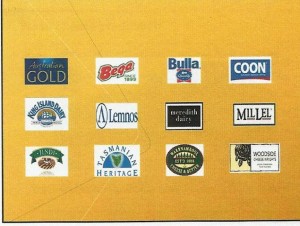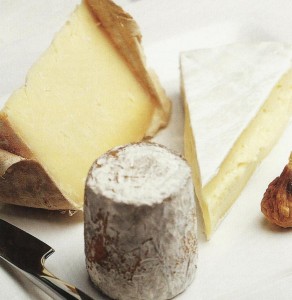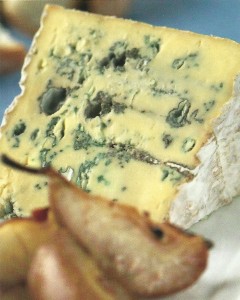 Here’s good news: Aussie cows are happy cows!
Here’s good news: Aussie cows are happy cows!
Unlike their disadvantaged European cousins, our cows are not shut up in crowded barns and fed silage, but are left to graze freely on green grass and fresh air. Thanks to such a decadent lifestyle, Australian cows are not only happier, but healthier. Thus they are able to provide richer, creamier milk for cheese making. As a result, Australia is gaining world recognition for the quality of its specialist cheeses.
So says Australian Master Cheese maker and Cheese Grader, Neil Willman. Willman is an eminent cheese educator and consultant with over 40 years of experience in the Australian Dairy Industry. He also judges at many national and international dairy competitions.
“Australian Cheese Please” was organized by Australia Unlimited and the Australian Government to promote Australian cheeses abroad. Sponsored by Dairy Australia and hosted by Enderun Colleges at McKinley Hill, the event was held in Enderun’s light and spacious atrium.
 The evening began with a casual wander past several tables exhibiting a wide selection of Australian cheeses available for tasting. There were products from popular supermarket brands such as Bega, Coon and MilLel, as well as a number of boutique cheeses, such as the best cheddar EVER (in my humble opinion) from Warnambool, NSW and a glorious range of soft cheeses from Woodside, in the Adelaide Hills.
The evening began with a casual wander past several tables exhibiting a wide selection of Australian cheeses available for tasting. There were products from popular supermarket brands such as Bega, Coon and MilLel, as well as a number of boutique cheeses, such as the best cheddar EVER (in my humble opinion) from Warnambool, NSW and a glorious range of soft cheeses from Woodside, in the Adelaide Hills.
Styles included: hard cheeses (parmesan and pecorino); fresh cheeses (ricotta, feta, haloumi, paneer); goat’s milk cheeses, and mould and surface rind cheeses (blue vein, camembert and brie).Eventually we settled down to a talk from Mr. Willman. While Willman discoursed on the joys of cheese, we were handed a glass of cold, crisp Sauvignon Blanc to accompany a selection of cheddars. As we sipped and nibbled, Neil talked about the different styles of cheeses, from processed through blue vein to washed rind cheeses. We discussed their shelf life and got tips on preparing a classy cheese platter:
- Excepting soft cheeses, remove cheese from refrigerator at least an hour before serving so they can be eaten at room temperature. In the meantime, cover it with a clean, damp tea towel to prevent them drying out.
- Offer your guests an artistic array of textures, tastes, shapes and colours.
- Don’t let accompaniments out-flavour the cheese!
- Use an unusual presentation platter: think wood, marble, or even a mirror.
- Use different NON-SERRATED knives for each cheese to avoid mixing flavours.
Willman also enjoyed dispelling a few urban myths about cheese. Apparently, Cheddar cheese after meals does NOT harm teeth, but actually PREVENTS tooth decay. Research also suggests that eating Cheddar and semi-hard cheeses WON’T increase cholesterol. And wonder of wonders, cheese has high calcium levels that are really good for bones and burning off fats. Finally, for the lactose intolerant, hard cheeses have little or NO LACTOSE. So feel free to enjoy them.
And of course we were given some ideas about wine and cheese matching. The main question is ‘does it contrast, complement or clash?’ The answer is to provide a complementary balance of flavour and texture. A good cheddar is strong enough to work well with a Cabernet Sauvignon, Chardonnay or port. If you like sparkling wine, Sauvignon Blanc or Riesling think fresh, unripened cheese. Experiment with your own preferences and create your perfect partnership between wine and cheese.
*with thanks to Dairy Australia for the photographs


Sounds like a cheesy event ;o) (and a cheesy comment!)